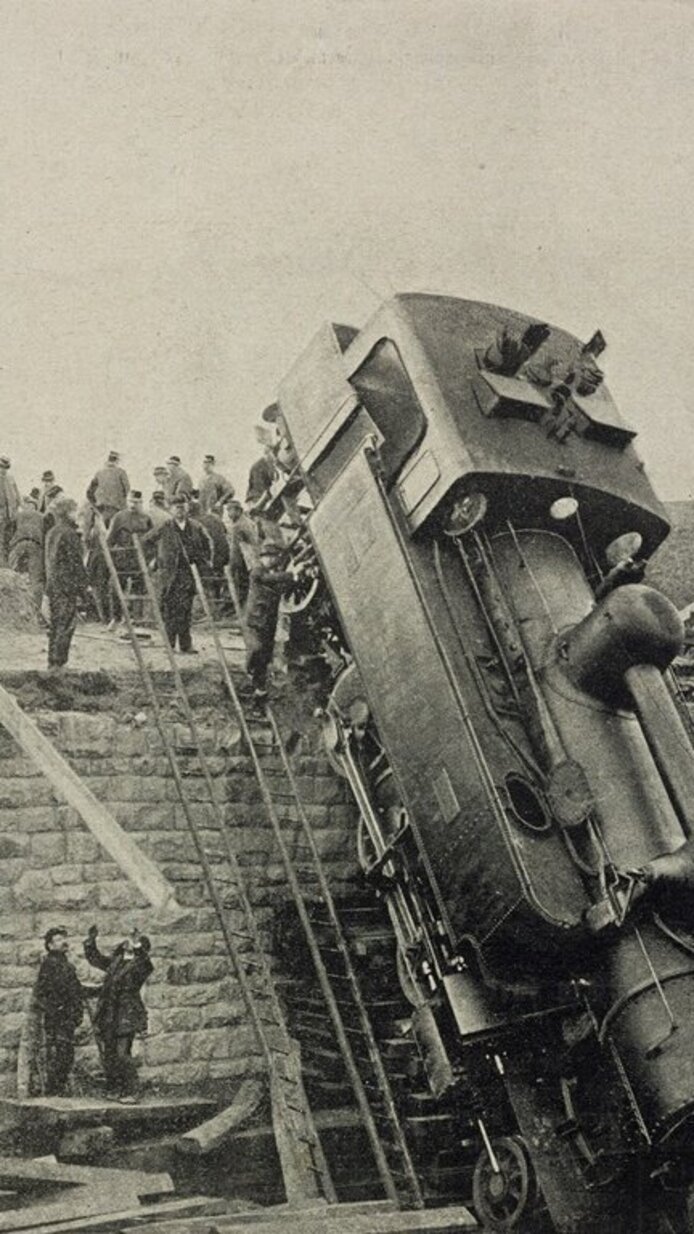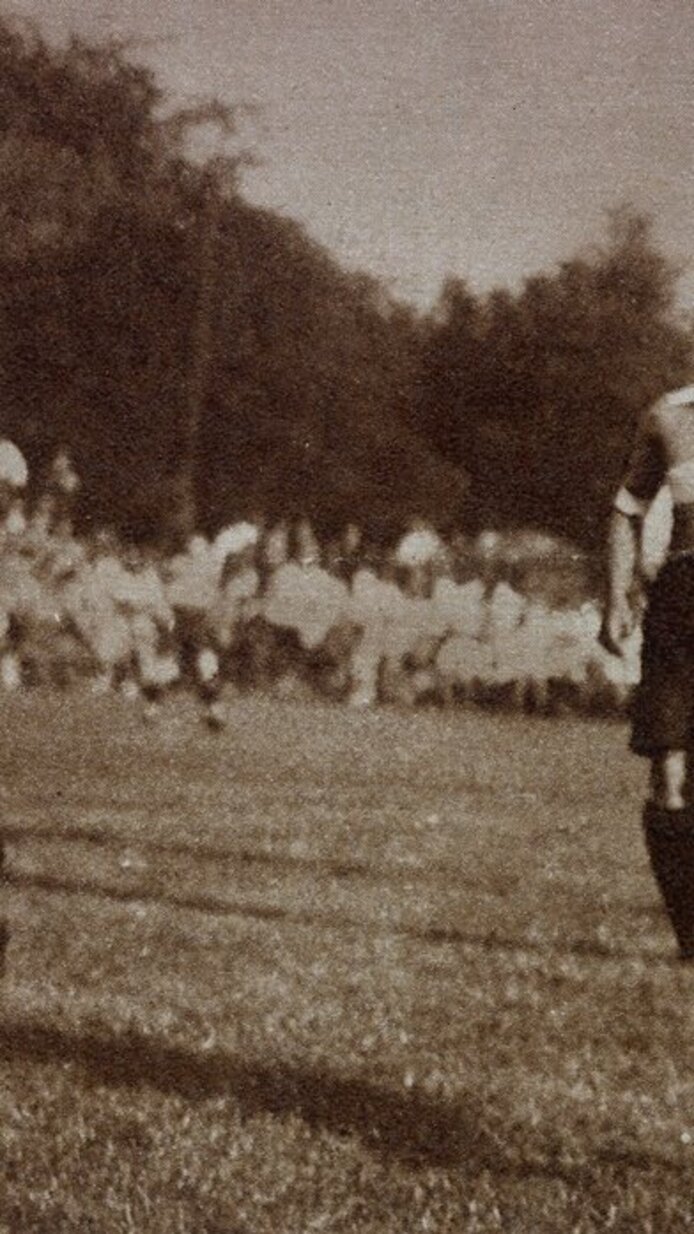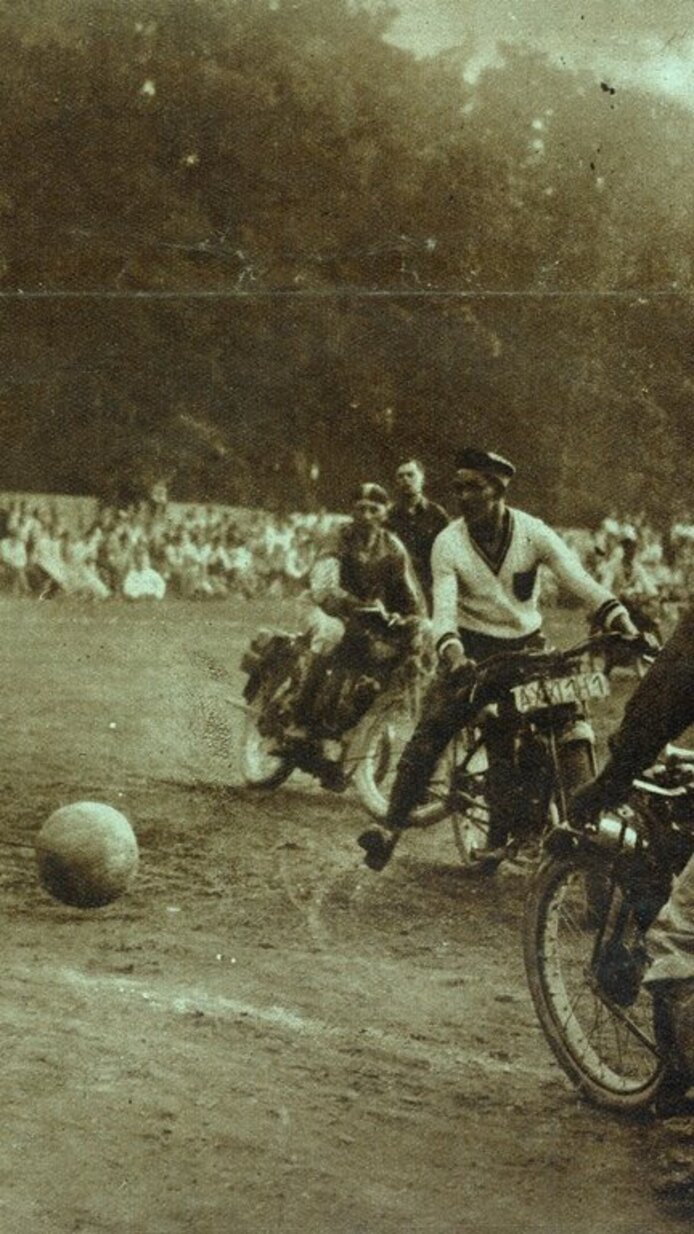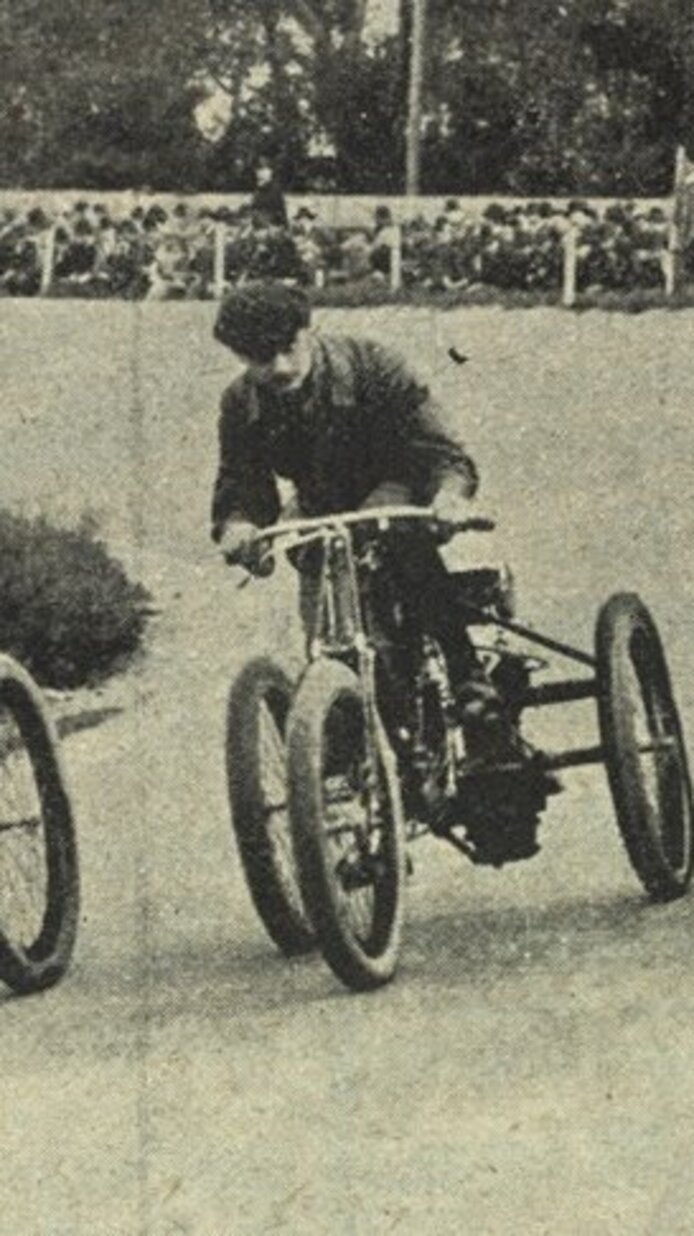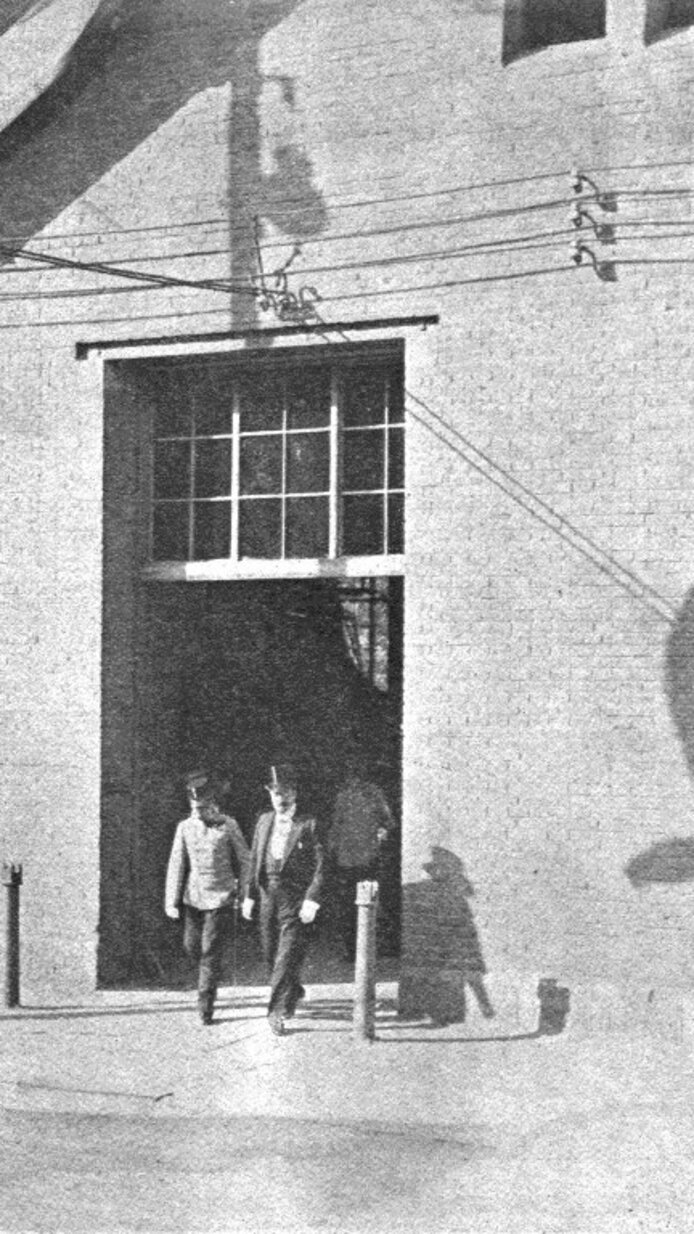"Roving reporters"– Austrian photo journalism from 1890 to 1945
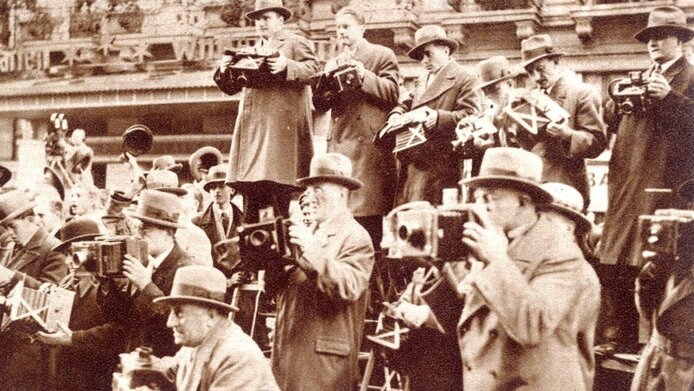
Press images are often worth more than a thousand words, and they shape public perception of events. Reason enough for Anton Holzer to examine, in an FWF research project, press photography in the context of its political and social usage. The historian used the genesis of Austrian illustrated mass media to trace the cultural and historical significance of press photography. Thorough research secured extensive illustrative material: In total, Holzer analysed images from 125 weekly magazines and journals from the period between 1890 and 1945. "The largest and highest-circulation illustrated paper, Das 'Interessante Blatt', alone tipped the scales at more than 130,000 newspaper pages in the period under review", says Holzer. In terms of cultural history, these photo series show what moved the public and how political authorities tried to sway their citizens. Holzer summarised the research findings in the illustrated book "Rasende Reporter". In 30 chapters with over 500 images, it portrays, by way of example, the development of Austrian illustrated mass media, of photographic-visual storytelling and its cultural and historical significance.
The origins of photographic publicity
"The book documents the establishment of photographically illustrated weekly newspapers beginning in the 1890s. Around the turn of the century, photography replaced the hand-drawn press illustrations that had previously served to render reality authentically in the media", says Holzer. The heyday of photo-illustrated magazines as leading visual media began with the abolition of the newspaper tax around 1900, and demand for expressive images soared. New photo agencies emerged, and photographers who initially worked at a leisurely pace became "roving" reporters: The hunt for images, and the new, lighter equipment that prevailed following World War I, accelerated image acquisition.
Imperial PR
Holzer shows, based on the example of Emperor Franz Joseph I, for instance, how the ruling elite used the illustrated mass media for self-staging: "Beginning in the mid-1890s, outdoor photographs were published with increasing frequency, showing the emperor at public appearances, for example at a factory visit to the Berndorfer Metallwarenfabrik. In addition to the emperor's interest in projecting a popular image, consideration was also given to the interests of the industrial enterprise as a financially strong buyer of advertising space," explains Holzer. This example, in which images are already narratively connected, also shows that the origins of photo reportage must be dated much earlier than was previously assumed.
Emotion controls public perception
The author shows how closely intertwined illustrated mass media and political interests are based on, for example, the work of the most famous Austrian press photographer, Lothar Rübelt: "The images of football players, international matches and fans of the 'Wunderteam' in the early 1930s – in the midst of the economic crisis – also boosted the sense of national belonging.” Later, Rübelt used his experience in portraying major sports events, for example in reporting on Hitler's propaganda tour through Austria in 1938. The Nazi regime controlled the flow of images, modernised the mass-circulation illustrated newspapers and used them as powerful propaganda tools.
History between images
The book project, realised with FWF funds, includes the first comprehensive scientific analysis of Austrian press photography from its beginnings, around 1900, until World War II, and offers a complete picture of five decades of photojournalism. It also examines the work of Rübelt in its publication context for the first time. Altogether, it documents the biographies of around 400 photographers, also including those of the numerous Jewish photographers who were persecuted and driven out of Austria starting in 1938. The volume thus reveals the connections between politics, society and visual mass media in the first half of the 20th century.
Personal details Anton Holzer is a photo historian, lecturer at the University of Vienna's Department for Theatre, Film and Media Studies, editor of the journal "Fotogeschichte", journalist and exhibition curator. His numerous publications on photographic and cultural history include "Die andere Front. Fotografie und Propaganda im Ersten Weltkrieg" (awarded the German Photobook Prize), "Das Lächeln der Henker. Der unbekannte Krieg gegen die Zivilbevölkerung 1914–1918", "Die letzten Tage der Menschheit. Der Erste Weltkrieg in Bildern", "Fotografie in Österreich. Geschichte, Entwicklungen, Protagonisten 1890–1955".
Publication (Nominated for the German Photobook Prize 2015)
